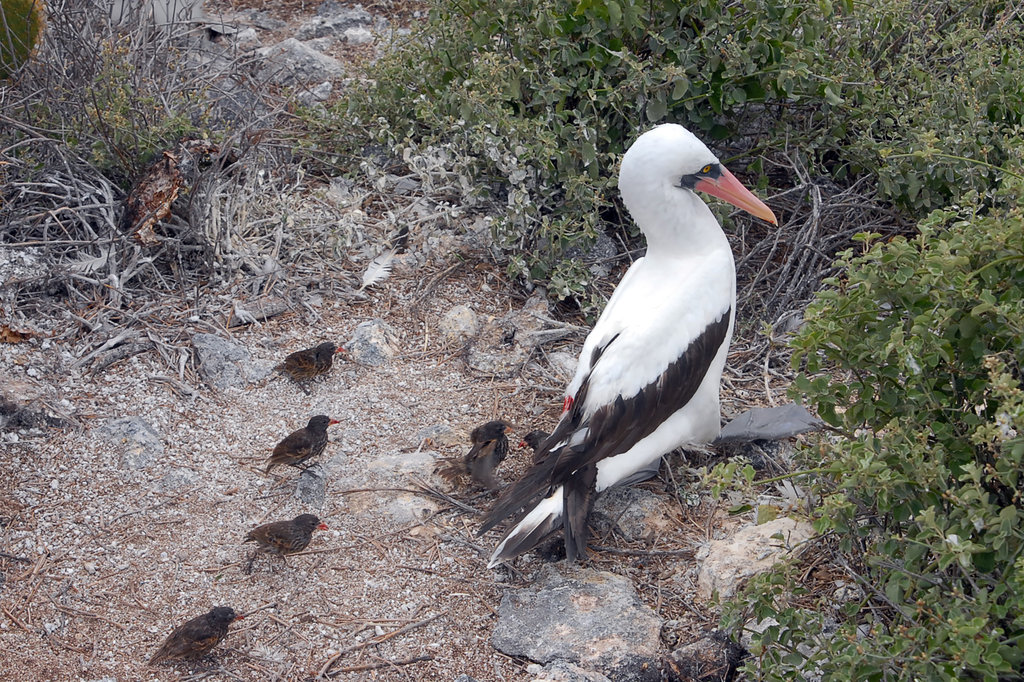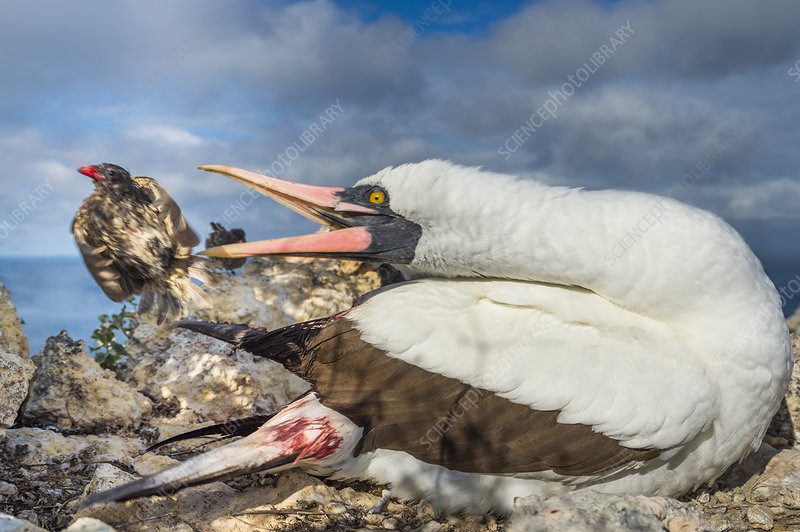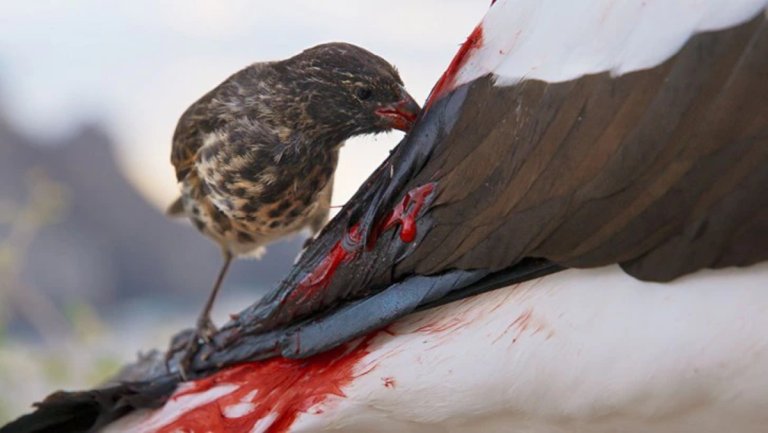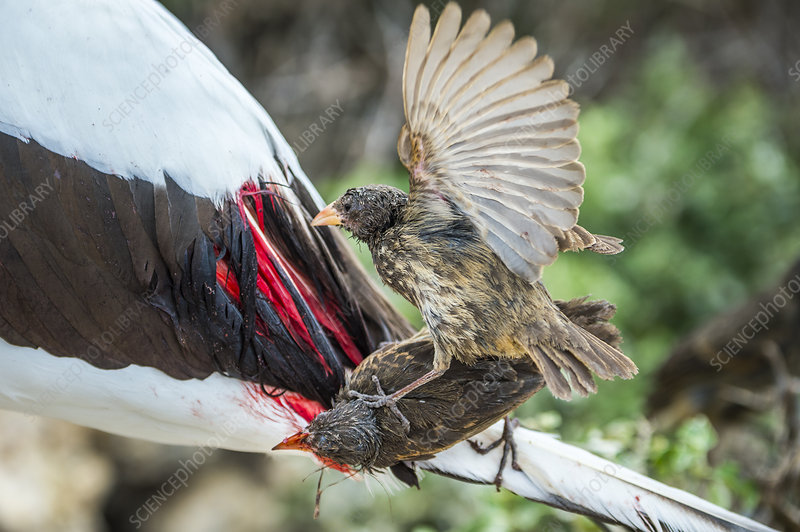Astonishing Discovery
It’s been a long-standing myth that vampires exist, but a recent discovery has proven that myth to be true. Scientists have recently discovered a species of birds that appear to be natural vampires, surviving on a diet of blood.

Description of the Discovery
These birds, known as “vampire survivors,” have been found in the mountains of Central and South America. They appear to consume the blood of other animals, sound longe ared owl such as rodents, birds, and even humans. It has been speculated that these birds may have evolved from an ancient species of vampire-like creatures.
The discovery of these birds is an astonishing one. They seem to be able to survive on a diet of blood, and their behavior is similar to that of a vampire. They are also able to fly and have been found to exist in large groups.

Location of the Discovery
It is still unknown how these birds evolved to become vampires. Scientists believe that the transformation may have been caused by a combination of genetic mutations and environmental factors. Whatever the reason, the vampire survivors are a remarkable discovery.
These birds may provide us with insight into the evolution of vampires and their behavior. They may also offer us clues to the origins of the myth of vampires, which has been around for centuries.
At this point, the vampire survivors are still being studied. It is unknown whether they can reproduce, and if they can, it is also unknown what kind of offspring they may produce. Scientists are hopeful that further research into these birds may reveal more about the mysterious creatures we have come to know as vampires.

How the Vampire Survivor Came to Be
It was an astonishing discovery: researchers have found vampire survivors in the form of a bird.The remarkable find was made in a remote mountain range in the north of South Africa, where researchers stumbled upon a flock of birds that seemed to feed on the blood of other birds. It was soon discovered that these birds were actually vampires, surviving in an ecosystem that had previously been thought to be hostile to them.
The birds in question were found to be a type of nightjar, which is a nocturnal bird that is well adapted to living in darkness. It is believed that these birds had adapted to their environment by using their sharp claws to puncture the skin of their prey and then feed off their blood.
The vampire nightjars typically feed on other birds, such as doves, but they were also found to be taking blood from big mammals such as antelopes. They have also been observed to feed on other animal’s blood, including those of humans.

Potential Use in Medicine and Science
The discovery of vampire survivors in the form of a bird is an astounding one, and it is believed that this species of nightjar is the only known species of vampire in the world. It is not yet known how these birds have managed to survive in this environment, but further research into their behavior and habitats is sure to shed some light on the mystery.
It is believed that the vampire nightjars have been surviving in the area for centuries, but they have only recently been discovered. The fact that they have managed to survive in a hostile environment like this is a testament to their resilience and resourcefulness.
The discovery of vampire survivors in the form of a bird is a remarkable one, and it is sure to provide us with some insight into the natural world. As further research into the behavior and ecology of these fascinating creatures is conducted, we are sure to discover even more fascinating facts about these remarkable survivors.

Impact on the Ecosystem
It has been an astonishing discovery recently made by scientists – Vampire Survivors found in the form of a bird.
This amazing discovery is the result of a series of investigations and research conducted by a team led by Dr. Noah Binder, a biologist at the University of California at Los Angeles. The team uncovered the astonishing fact that a species of birds is actually a long-lost descendant of the vampire species.
The discovery was made when the team began studying the behavior of the vampire finch, a species of small, black birds native to the Caribbean island of Hispaniola. The finch was found to have a unique feeding behavior – it would perch atop the tree branches and use its beak to sip the blood of sleeping birds.

Summary of the Discovery
This behavior was puzzling to the researchers, as the vampire finch was the only bird species that exhibited this behavior. It was only when the team started to look closer at the bird’s DNA that the answer was revealed.
I am writing to ask for help with the Oppo Flash Tool. I downloaded the tool from the website and when I try to run it, I get the following error: “The Oppo Flash Tool cannot be found on this computer.”Could you please help me?
The team conducted a series of tests and analyses that revealed the vampire finch was actually a descendant of the vampire species, a species believed to have gone extinct thousands of years ago. This makes the vampire finch the only known survivor of the vampire species.
Conclusion
The discovery is a remarkable one, as it could potentially give us a better understanding of the evolution of species and the development of our own species. It also sheds light on the behavior of the vampire species, and why they resorted to drinking the blood of sleeping birds.
The team is continuing to study the vampire finch and its behavior, in hopes of uncovering more information about the species and its evolution. This is an amazing discovery and could lead to incredible breakthroughs in the future.